





 |
 |
 |
 |
 |
 |
| Denny_D | profile | all galleries >> Galleries >> 1945 Beechcraft Staggerwing Model D17 | tree view | thumbnails | slideshow |
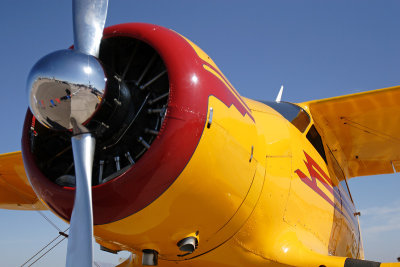 Staggerwing 0483sm.jpg |
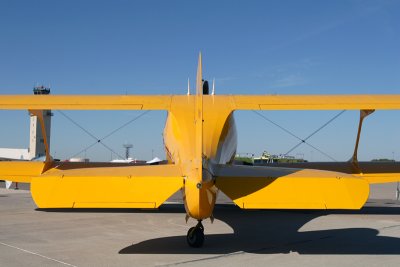 IMG_0266sm.jpg |
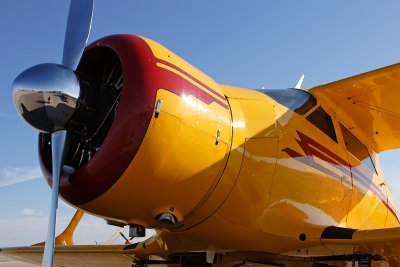 IMG_0197sm.jpg |
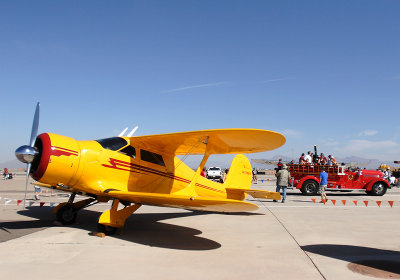 IMG_0467sm.jpg |
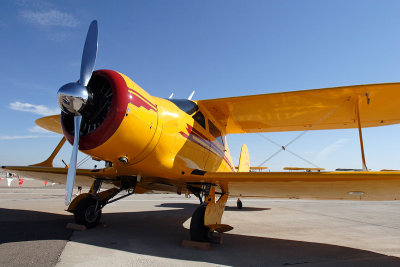 IMG_0298sm.jpg |
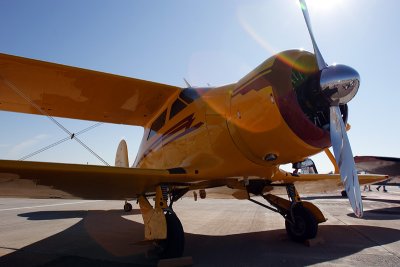 IMG_0296sm Heavenly Flare.jpg |
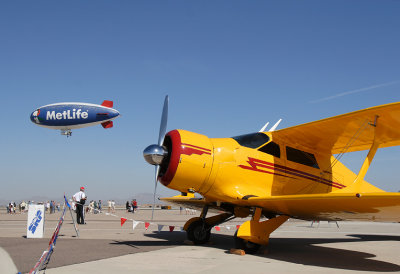 IMG_0471sm.jpg |
 IMG_0484sm.jpg |
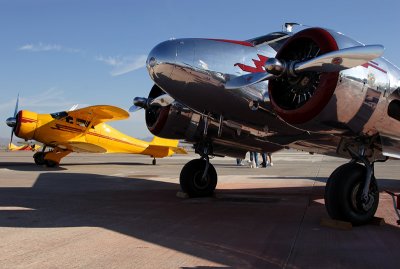 IMG_0185sm.jpg |
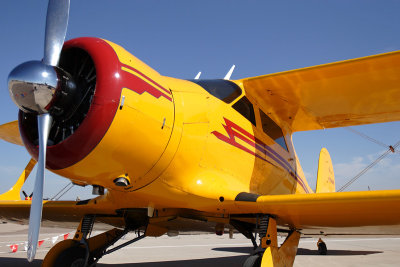 IMG_0485sm.jpg |
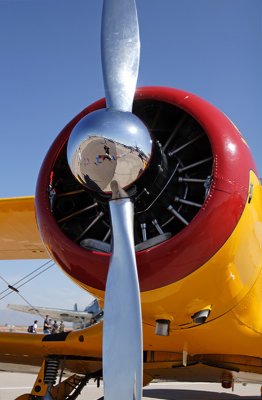 IMG_0487sm.jpg |
| comment | share |